The Mastabas of Qar and Idu G 7101 and 7102 - Digitally Revised and Enhanced Edition
Preface
Section 2 - Archeology and History, the Mastabas of Qar and Idu Revisited
Written by Peter Der Manuelian, Barbara Bell Professor of Egyptology, Director of the Harvard Museum of the Ancient Near East at Harvard University, and Director of The Giza Project
Fig. 1. Aerial view of the Eastern Cemetery showing the location of the tombs of Qar and Idu, looking southeast, October 7, 2011; AirPano.
After Thanksgiving Day on November 27, 1924, the Harvard University–Boston Museum of Fine Arts Expedition staff at Giza focused on clearing the area east of the Great Pyramid of Khufu, around the first queen’s pyramid to the north (labeled G I-a) and reaching the north end of the mastaba-tomb Reisner had numbered G 7110 (fig. 1).
The abbreviation EGP AC13 used here stands for HU–MFA Expedition Archives, Museum of Fine Arts, Boston.
The first day of December brought a surprise here in the form of small square pits lined with mud brick from a destroyed mastaba. No clear superstructure survived, and Expedition director George Reisner gave it the number G 7101 (fig. 2).
Fig. 2. View of the Eastern Cemetery from the top of the Khufu Pyramid, looking east, with the HU–MFA Expedition team (right foreground) excavating the tomb of Qar, December 10, 1924; Mohammedani Ibrahim, A3482_NS, Museum of Fine Arts, Boston.
Further excavation revealed a rock-cut subterranean chapel reached by a stair (fig. 3).
Fig 3. The tomb of Qar, G 7101, looking northwest, December 5, 1924; Mohammedani Ibrahim, A3474_NS, Museum of Fine Arts, Boston.
Carved wall reliefs mentioned a Sixth Dynasty official named Mery-re-nefer or Qar. Days into December the multi-chambered chapel was clear: an L-shaped stair led to a square room with a seated statue of Qar set into a niche on the east wall, and unique funerary scenes depicting the burial ritual in the Sixth Dynasty on the north wall. An additional chamber, separated by a square pillar, displayed five more engaged statues of the tomb owner, and one of his son (fig. 4a, b, c, d). Smaller side rooms to the east and west completed the plan.
The tomb of Qar, Court C
As the Sixth Dynasty continued, the Giza cemeteries were filled with subsidiary intrusive tombs and burial shafts choking the streets and avenues between the major mastabas of the previous two dynasties (fig. 5).
Fig. 5. Street G 7100, between G 7130 to the west (left) and G 7230 to the east (right), looking north, January 12, 1925; Mohammedani Ibrahim, A3513_NS; Museum of Fine Arts, Boston.
Khufu would hardly have recognized the site, for his ordered layouts became obscured by hundreds of additional burials. A second style of representing the human figure, including wide eyes, pinched torsos, and minimal musculature also separated many Sixth Dynasty monuments from those of the earlier Old Kingdom, as evidenced by these Sixth Dynasty tombs of Qar and his (probable) son Idu, discovered next just a little further to the east (fig. 6).
Fig. 6. Relief from the tomb of Qar in Sixth Dynasty style, MFA 27.1130; Museum of Fine Arts, Boston.
The royal necropolis had moved on to other sites, such as Saqqara and Abusir, after the close of the Fourth Dynasty, but high officials, many of them employed in the mortuary cults of the Fourth Dynasty pharaohs Khufu, Khafre, or Menkaure, or desiring to join their ancestors in family tomb complexes, continued to build their tombs at Giza. One of Qar’s titles, for example, was “Overseer of the Pyramid Towns of Khufu and Menkaure.” Other administrative titles included “overseer of scribes of all construction projects,” “palace attendant of Meryre-Mennefer” (King Pepi I of the Sixth Dynasty), “sole companion,” “judge,” and “he who is at the head of the king.” A large number of pits surrounded the rock-cut chapel, and Reisner believed Qar himself was in the chief shaft he designated M, but only a few fragmentary human bones survived (fig. 7).
Fig. 7. The tomb of Qar, G 7101, shaft M, looking south; Mohammedani Ibrahim, C10837_NS; Museum of Fine Arts, Boston.
The various Expedition teams expanded from here to work on G 7110–7120, belonging to Khufu’s eldest son Kawab, G 7130, G 7210, and G 7220. The average number of carts full of debris being emptied now was up to 576; over the past thirteen working days since December 1, some 7,489 cart loads, or 3,744.5 metric tons of earth, had been removed from the Eastern Cemetery.
January 3, 1925, marked the first mention in the Expedition Diary of shafts from a mastaba numbered G 7102, immediately east of the tomb of Qar. The chapel, once again subterranean beneath a totally dismantled and missing superstructure, appeared on January 10 (fig. 8).
Fig. 8. The inscribed architrave from the tomb of Idu, G 7102, emerges, looking south, January 10, 1935; Mohammedani Ibrahim, A3507_NS; Museum of Fine Arts, Boston.
A massive architrave carved in extremely detailed Sixth Dynasty sunk relief hieroglyphs faced north over the entrance to a small rock-cut chapel (fig. 9a, b, c) which Reisner told Service des Antiquités chief Pierre Lacau was “a little gem.”
Reisner to Lacau, January 20, 1925; EGP AC13 and Bibliothèque de l’Institut de France, Paris.
The architrave of Idu
The tomb belonged to Idu, probably a son of Qar who was a “counsellor in determining disputes,” “priest of Maat,” and “inspector of wab-priests of the Pyramid town of Khufu,” among other titles. Reis (foreman) Said Ahmed Said, Alan Rowe, and supervised the complete clearance of the courtyard of G 7102; a flight of rock-cut steps led down southwards to the architrave and chapel entrance (fig 10).
Fig. 10. An early look into the chapel of Idu, G 7102, still filled with debris, looking south, January 12, 1925; Mohammedani Ibrahim, A3512_NS; Museum of Fine Arts, Boston.
They produced a description of the chapel on January 13, with a plan and sketch by Rowe. This day also brought a visit to Giza from Pierre Lacau (fig. 11).
Fig. 11. Pierre Lacau (right) at Giza, with Osman Bey Moharram and Ibrahim Bey Fahmy, for the opening of the tomb of Queen Hetepheres, looking west, March 3, 1927; Mustapha Abu el-Hamd, B6162_NS; Museum of Fine Arts, Boston.
Later on, the Antiquities Service director agreed that the colors on the walls of Idu’s chapel (and the chapel of Meresankh, G 7530-sub) needed treatment, but chemist Alfred Lucas had not been paid or rehired by the Service. Both Reisner and Lacau preferred to avoid embarrassment of Reisner hiring his own conservator; Lacau promised to rectify the situation.
Reisner to Lacau, June 27, 1927; EGP AC13.
Inside Idu’s subterranean chapel was a single long chamber on a north–south axis with a unique design (fig. 12).
Fig. 12. The subterranean chapel of Idu, G 7102, looking south, 2002; AAW2125, White Star.
To the right (west) was the “fancy form” Sixth Dynasty false door with cavetto cornice and torus molding, but the lower half showed a three-dimensional image of Idu’s upper body emerging from the netherworld, arms outstretched to receive offerings from the living (fig. 13a-b).
Fig. 13a. (framed) Idu’s image emerges from his false door, looking west, 2002; AAW2126, White Star. Fig. 13b. image emerges from his false door, looking north, May 15, 2021; Marleen De Meyer.
To the left (east) six standing statues, each in its own niche, represented Idu and a son named Qar, with much of the lively colors still preserved (fig. 14a-b).
Fig. 14a. (framed) One of the statues on the east wall of Idu’s chapel, looking southeast, 2002; AAW2124, White Star. Fig. 14b. statues on the east wall of Idu’s chapel, looking north, May 15, 2021; Marleen De Meyer.
On the south wall Idu appeared in a carrying chair scene (that showed evidence of recarving) enjoying the entertainment of boys playing games, dancers, and musicians. On the north wall were scenes of the funeral, including the procession to the embalmer’s purification tent, mourning men and women almost tumbling over one another in their grief, and oxen drawing the sledge with the heavy sarcophagus (fig. 15).
Fig. 15. North wall of the chapel of Idu, looking north, January 17, 1925; Mohammedani Ibrahim, A3520_NS; Museum of Fine Arts, Boston.
Expedition draftsman Joseph Bonello started to prepare colored reproductions of selected chapel scenes from the subterranean chapels of Qar and Idu (fig. 17), and the American artist and Reisner friend Joseph Lindon Smith arrived in late March with daughter Frances while Reisner was back in Boston, to paint a series of oil canvases of both tombs. Many of these paintings are in the Museum of Fine Arts, Boston, today.
For Joseph Lindon Smith’s paintings of Qar see, for example: MFA 29.723, 33.381, 34.136; for his paintings of Idu: MFA 25.511, 30.458, and 36.267. Smith’s daughter Frances also produced three paintings of Idu: MFA 25.509, 25.510, and 25.512.
Fig 17. Modern painting of a detail from the north wall of Idu’s chapel by HU–MFA Expedition draftsman Joseph Bonello; HU–MFA Expedition, Museum of Fine Arts, Boston
As the quality of the relief carving shows, he was justified in spending so much time painting in these chapels (fig. 16a–b).
Fig. 16a. Portion of the west wall of Idu’s chapel, north of false door niche, looking northwest, January 17, 1925; Mohammedani Ibrahim, A3521_NS; Museum of Fine Arts, Boston. Fig. 16b. (framed) Detail of Idu seated before offering loaves on the west wall of his chapel, looking west, 2002; White Star.
Curiously, Reisner chose to spell Idu’s name with an unusual w-ending: Iduw. In 1937 Journal of Egyptian Archaeology editor Battiscombe Gunn accepted a short note from Reisner for his new “Brief Communications” section in the Journal, and could not resist asking why Reisner spelled so many names this way:
George A. Reisner, “Note on Overbuilding and Intrusive Burials at Gizah,” JEA 23 (1937), 260.
"Do you definitely wish the w in Nekhebuw, Ptahsabuw, Akhetmehuw? I have never understood your use of ‘uw’. It seems to me that [the hieroglyph for quail chick] may be rendered either by u or by w, but not by both, uw. You are, as you of course know, the only person who spells names in this way, apart from your pupils."
Gunn to Reisner, no month or day, 1937; EGP AC13.
Reisner replied with a long-winded, but linguistically faulty reply:
"In my opinion, the letters i and w in Egyptian have the same character as in the Semitic languages. When they begin a syllable, they are correctly represented by the English letters y and w and the Semitic letters yod and waw have the same sound values in the same position. At the end of a syllable or a word, the y and w become half-vowels. After the vowel i the y lengthens the short vowel to a long vowel iy or i. In the same way after the short vowel u, the w lengthens the vowel to uw or û. When a name is written in hieroglyphics with a w (chick) at the end, it seems to me that the word ends in a long vowel and that to write it as u is misleading. For example, I would write the name idw as Yeduw and nhbw and Nekhebuw.
It seems quite clear to me that names ending in ww end in wuw or wû. By analogy the double reed-leaf y, I suggest, should be read yiy or yî. For example, the pass. part. mry should actually be read meryiy or meryî. The name Ppy should be read Pepyiy or Pepyî. Names ending in a single reed-leaf would be read iy or î, for example HAgi [see Manuel de Codage] should be transliterated into English Hagiy or Hagî.
I feel deeply that a further study should be made by those qualified of our system of transliteration.
I hope you will understand this brief discussion my reason for using uw. Nevertheless I would not ask you to break the practice of the Journal in writing names. I will be quite content if you will place a circumflex over the û to indicate that it is a long vowel."
Reisner to Gunn, August 9, 1937; EGP AC13.
Gunn replied on Sept. 20, 1937 with a long counter-explanation about long and short vowels, concluding “For me, when a name ends in [the hieroglyph for quail chick] all that I know is that it ends in a w or u which may be consonantal, and probably is, because I feel that the Egns., especially in the O.K., would not have written a vowel (even a long one) at all. I would therefore prefer to write Yedew, Nekhebew, without any suggestion as to their vowels. Similarly, as a strict method of transcription I would render final ww and yy as wew and yey rather than wuw, yiy.”
Gunn to Reisner, September 20, 1937; EGP AC13.
The Harvard University–Boston Museum of Fine Arts Expedition limped along somewhat on autopilot after George Reisner’s death in 1942. In 1947, the decision was finally made to close down the operation, ship the records home to Boston, and relinquish the “Harvard Camp” buildings, west of the Khafre Pyramid, back to the Service des Antiquités. Scholars have “chipped away” at processing the Expedition records ever since. In the 1970s, Museum of Fine Arts Egyptian Department curator and Yale University professor William Kelly Simpson initiated the Giza Mastabas Series, intended to publish individual mastaba tombs from both the Eastern and Western Cemeteries, based on Reisner’s excavation data and supplemental epigraphic work in the Giza mastabas themselves (fig. 18).
Fig. 18. William Kelly Simpson (right) and Zahi Hawass stand before the Dream Stela of Thutmose IV, between the front legs of the Sphinx, summer 1977; Robert Murowchick.
The first volume, on the tomb of Queen Meresankh III (G 7530–7540), appeared with Dows Dunham as co-author in 1974.
Dows Dunham and William Kelly Simpson, The Mastaba of Queen Mersyankh III (G 7530-7540) Giza Mastabas 1 (Boston, Museum of Fine Arts, 1974).
Simpson went on to publish the mastabas of Qar and Idu as volume 2. It is that volume that is reimagined here as an online publication.
William Kelly Simpson, The Mastabas of Qar and Idu, G 7101 and 7102, Giza Mastabas 2 (Boston: Museum of Fine Arts, 1976). To date, the Giza Mastabas Series has eight volumes, including the authors, W.K. Simpson, Kent Weeks, Ann Macy Roth, Edward Brovarski, and Peter Der Manuelian.
Since the original publication, the tombs have remained largely open to the public at Giza and they underwent substantial conservation and restoration in 2020. They join the tombs of Meresankh and Khafkhufu (G 7130–7140) as the most noteworthy monuments to visit in the Eastern Cemetery.
Peter Der Manuelian
Barbara Bell Professor of Egyptology, Harvard University
Director, Harvard Museum of the Ancient Near East
Director, The Giza Project



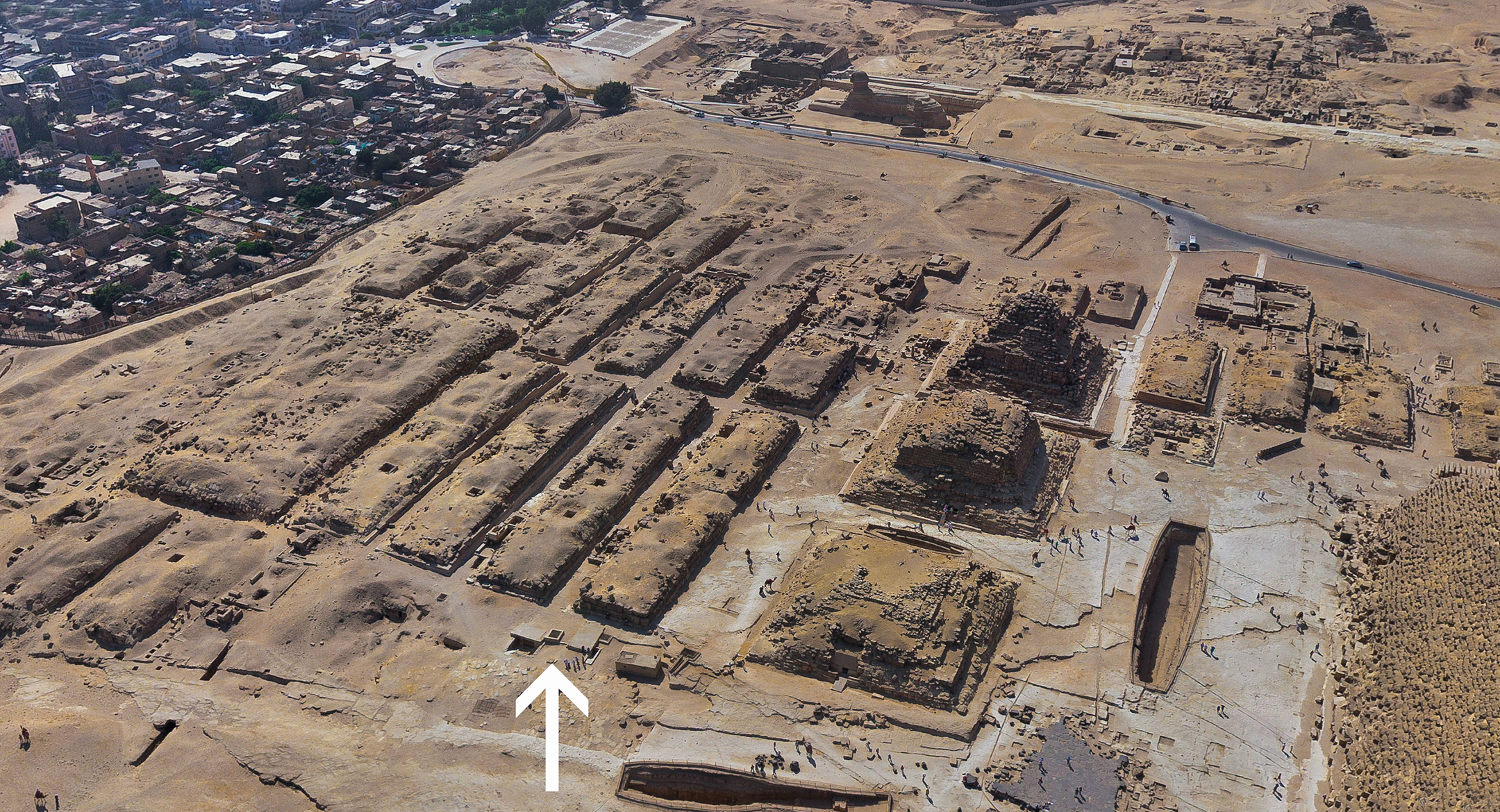
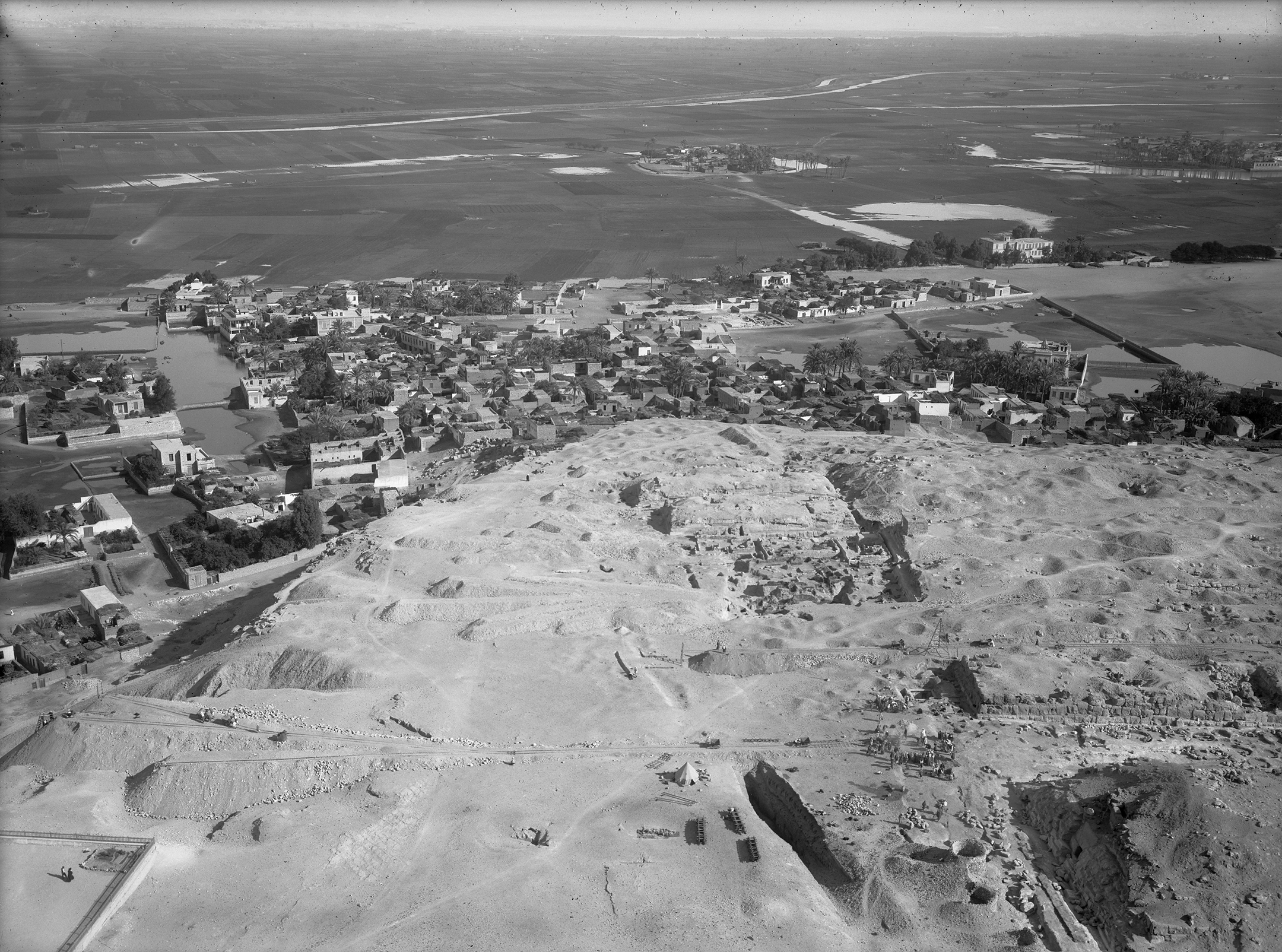
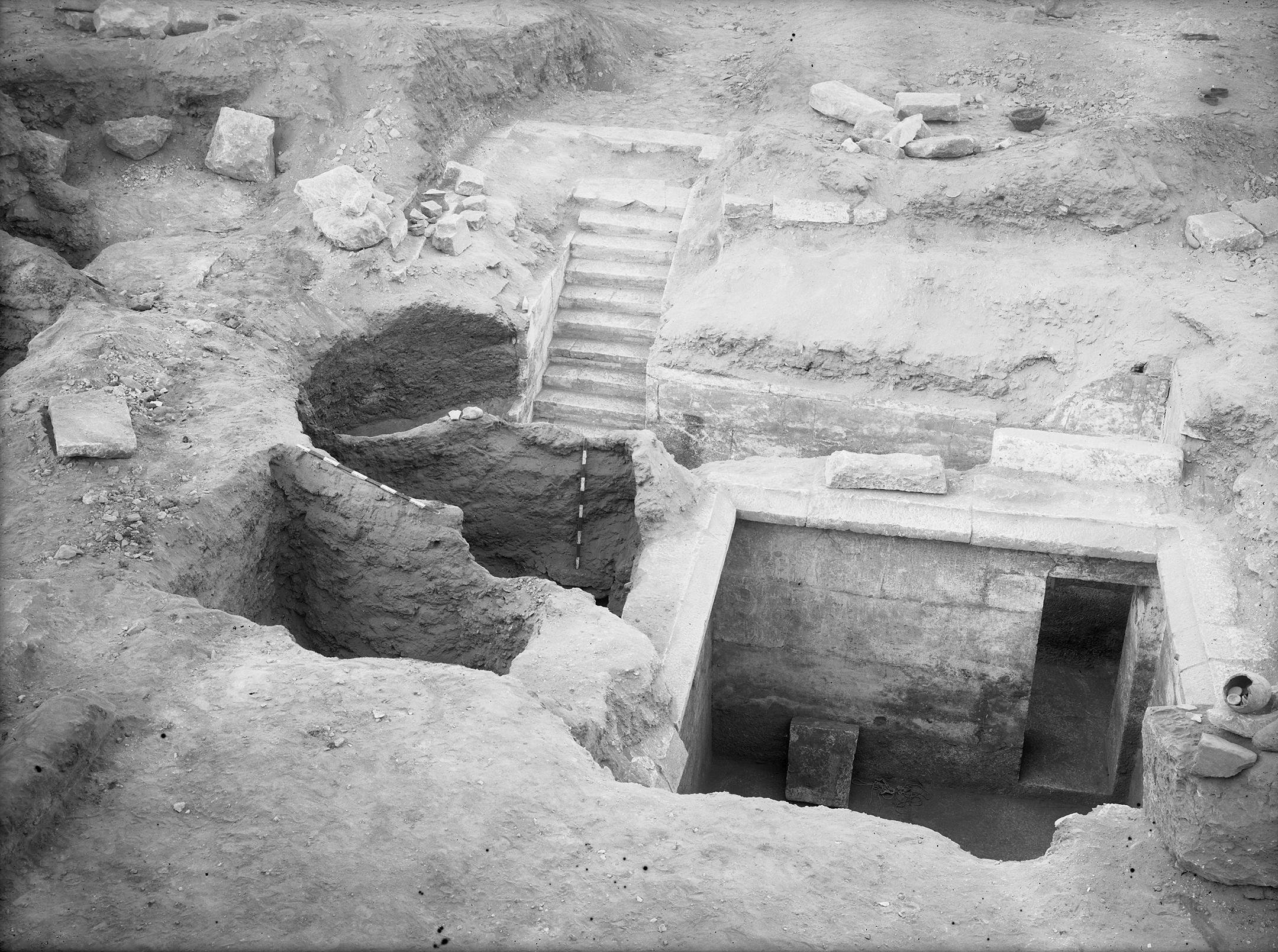




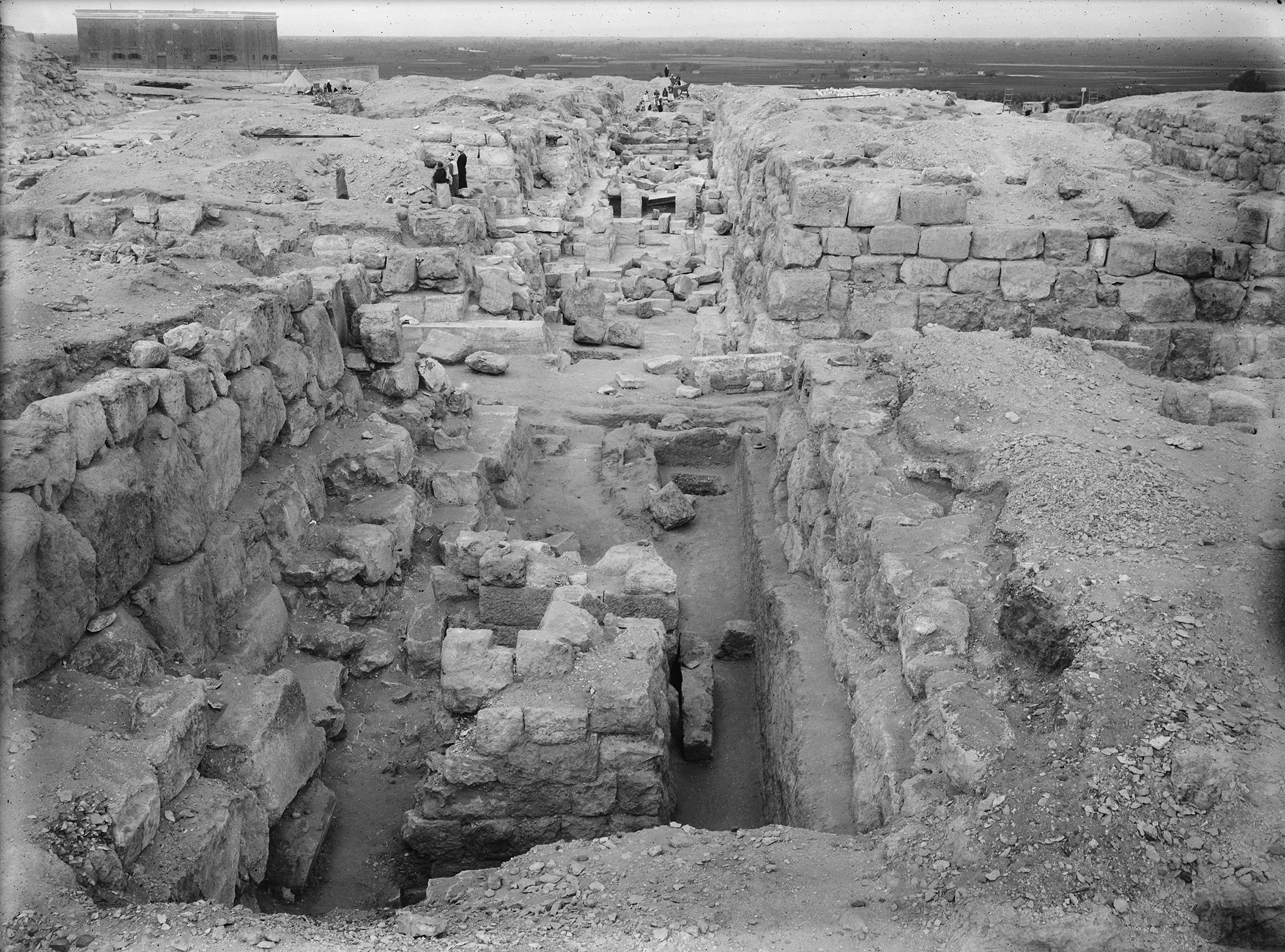
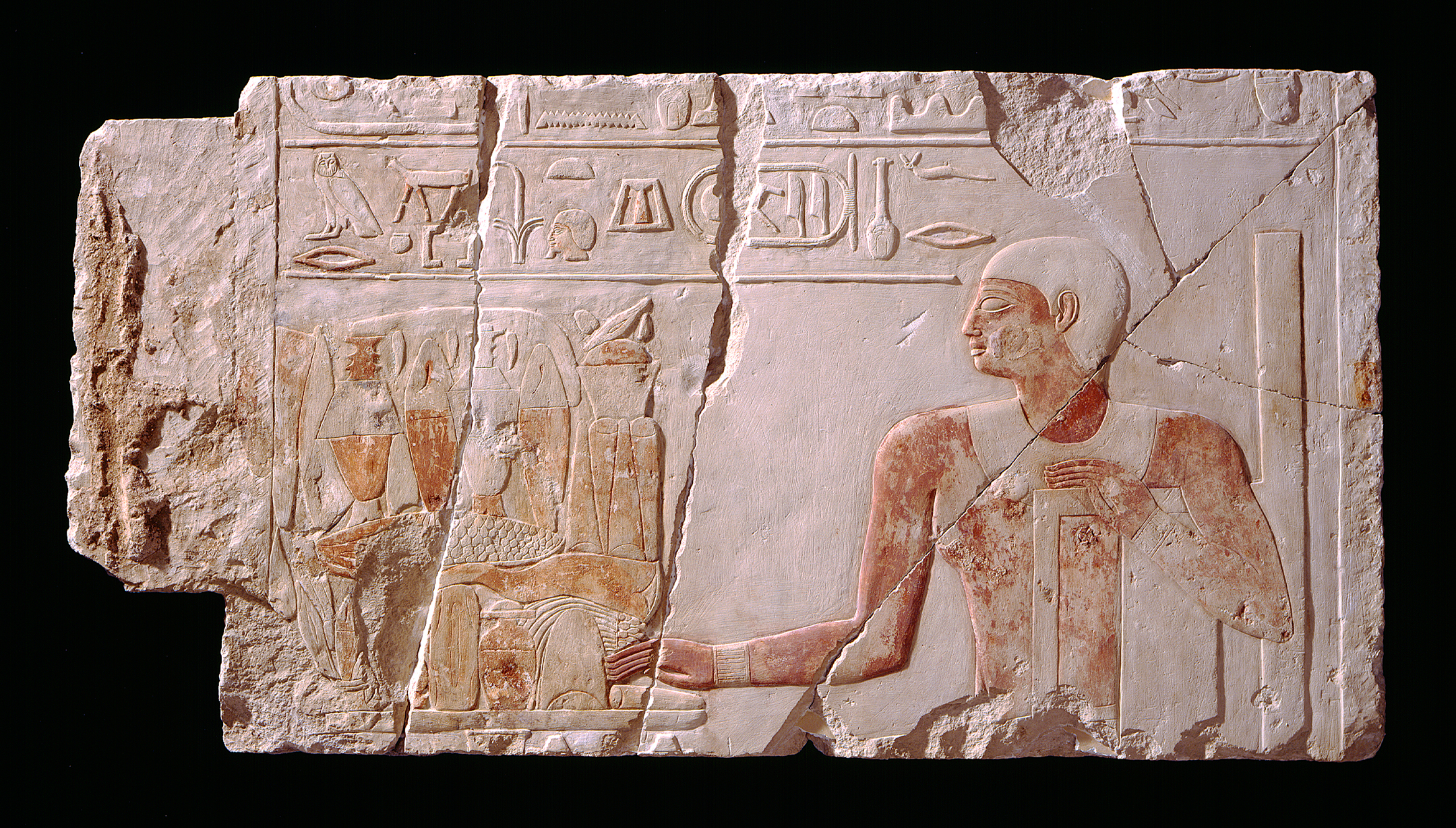
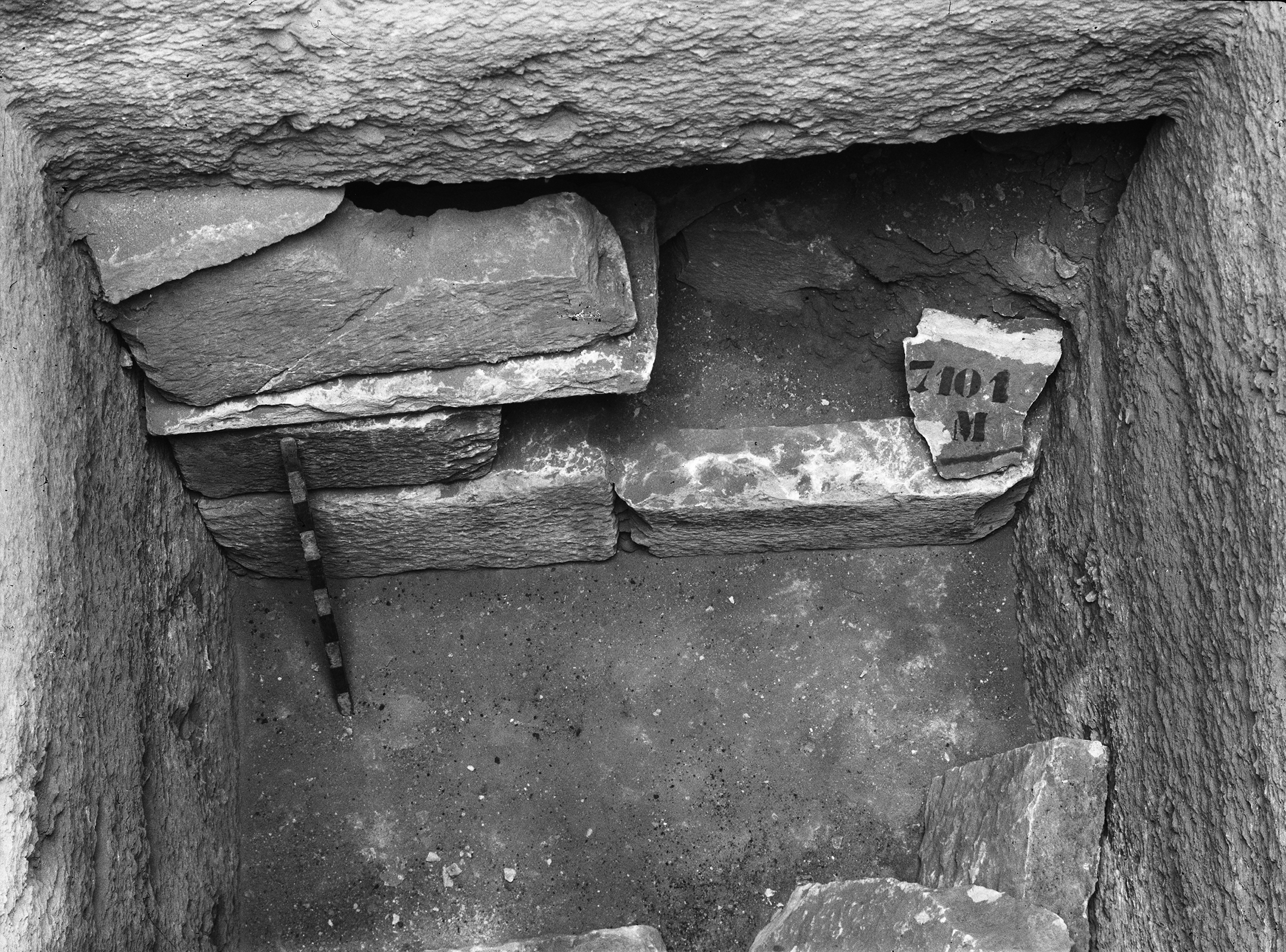
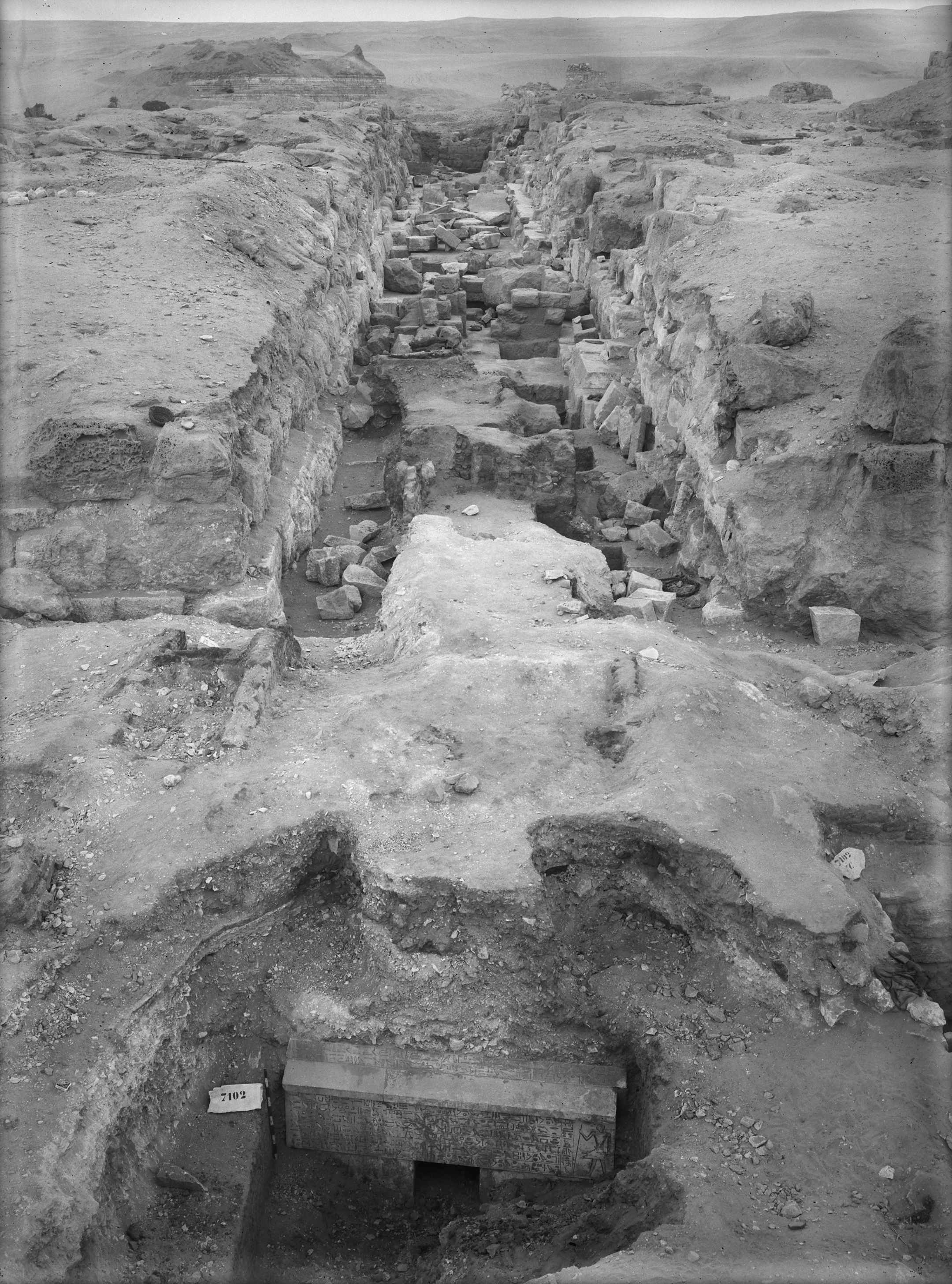


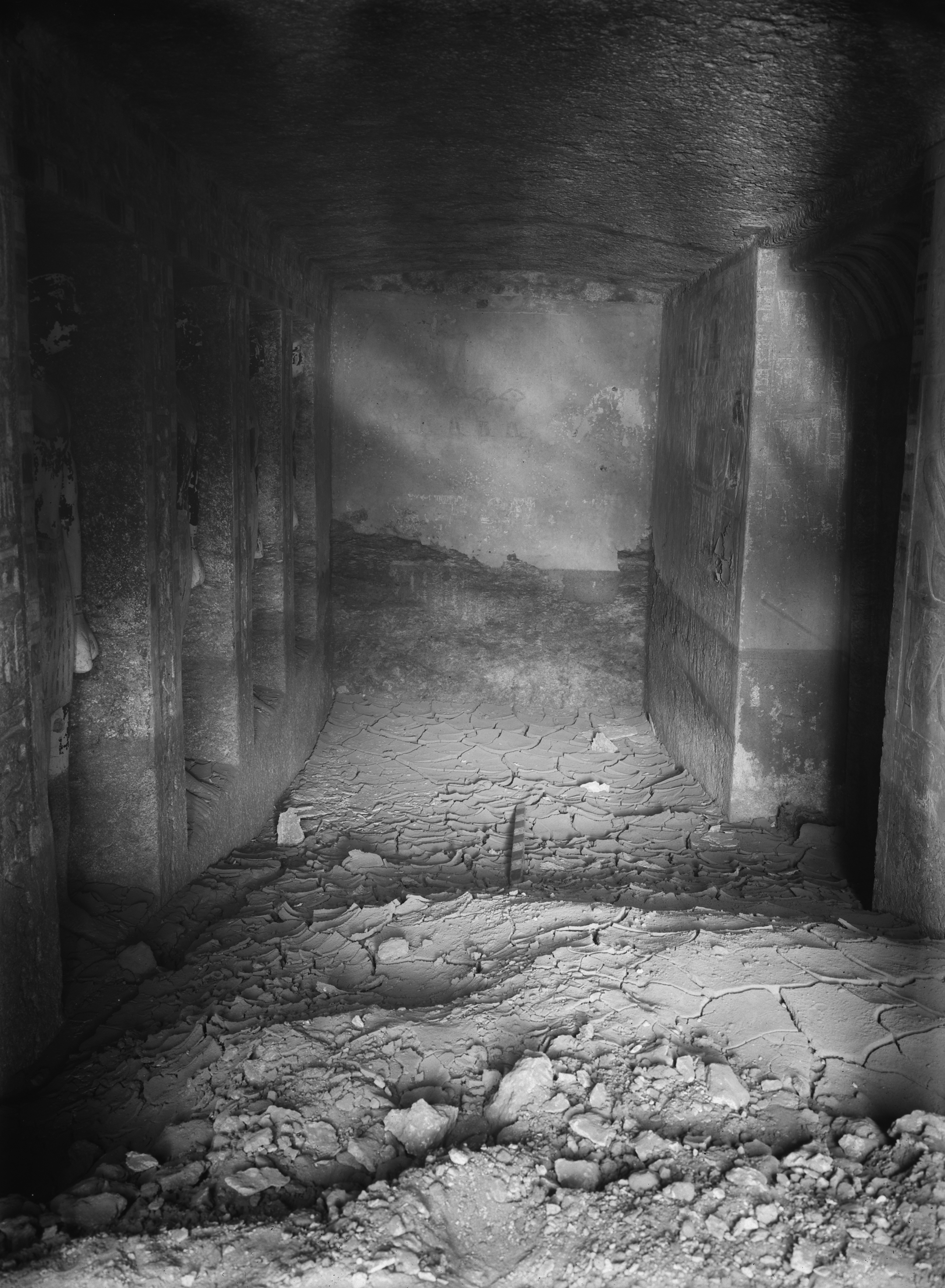
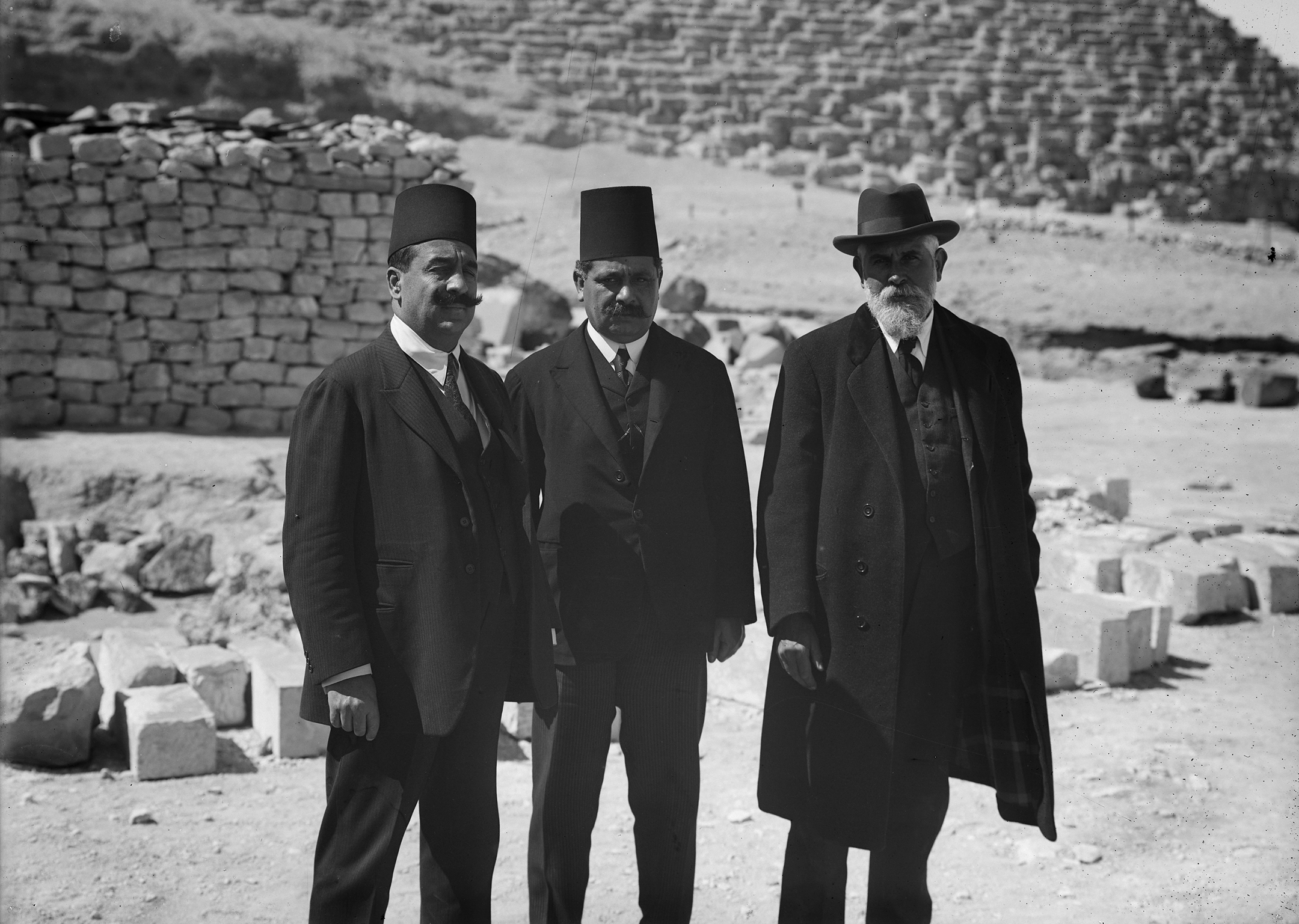
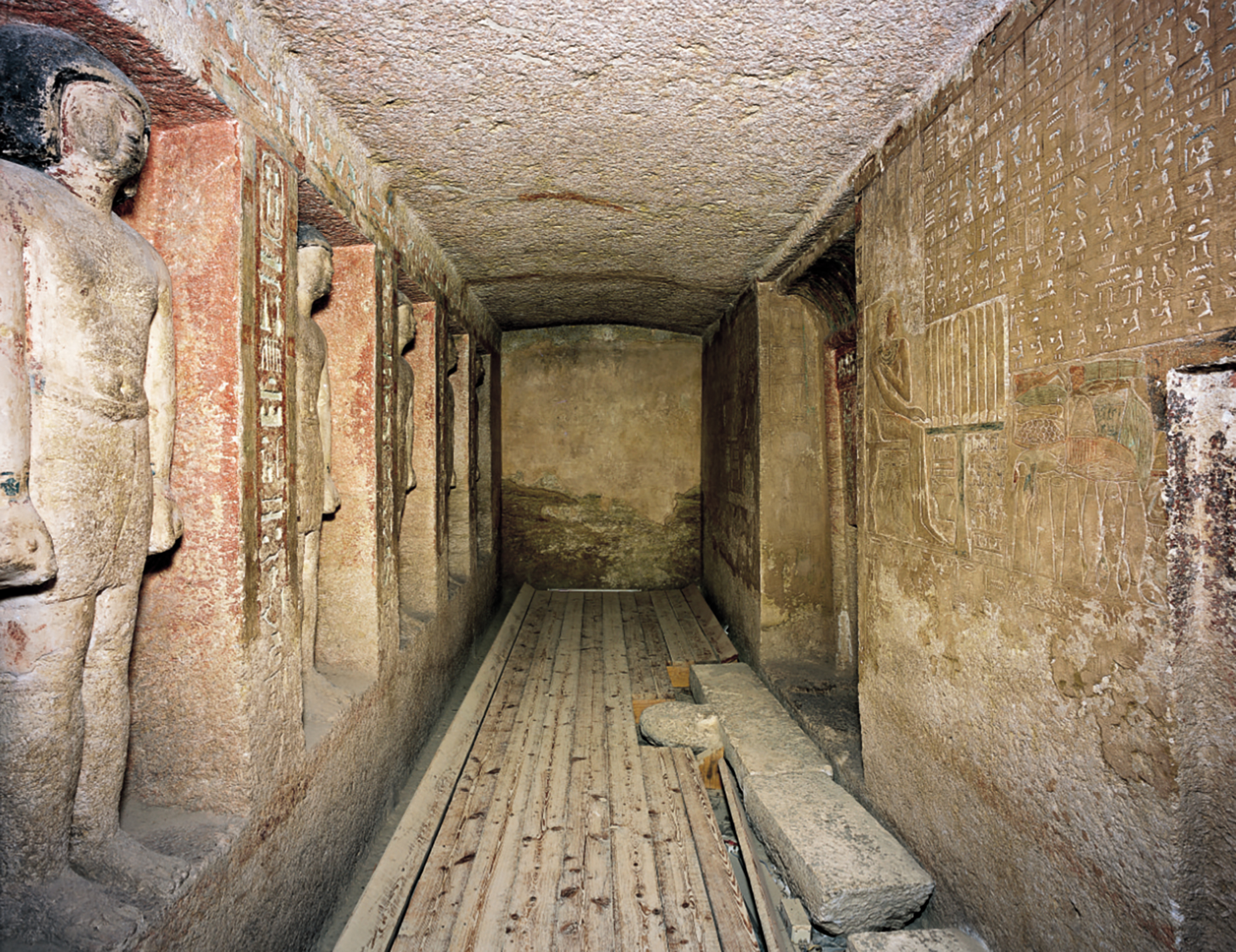
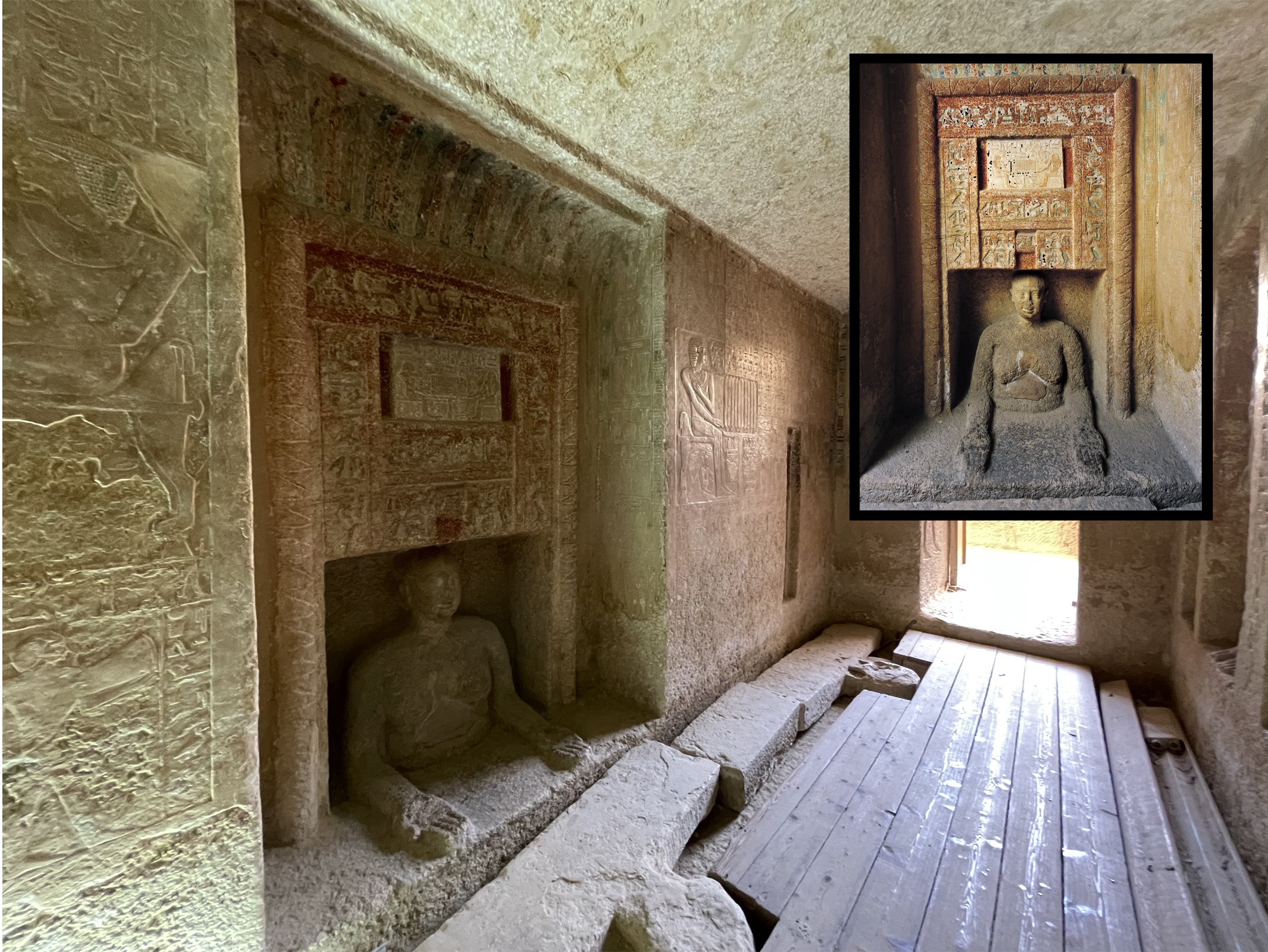
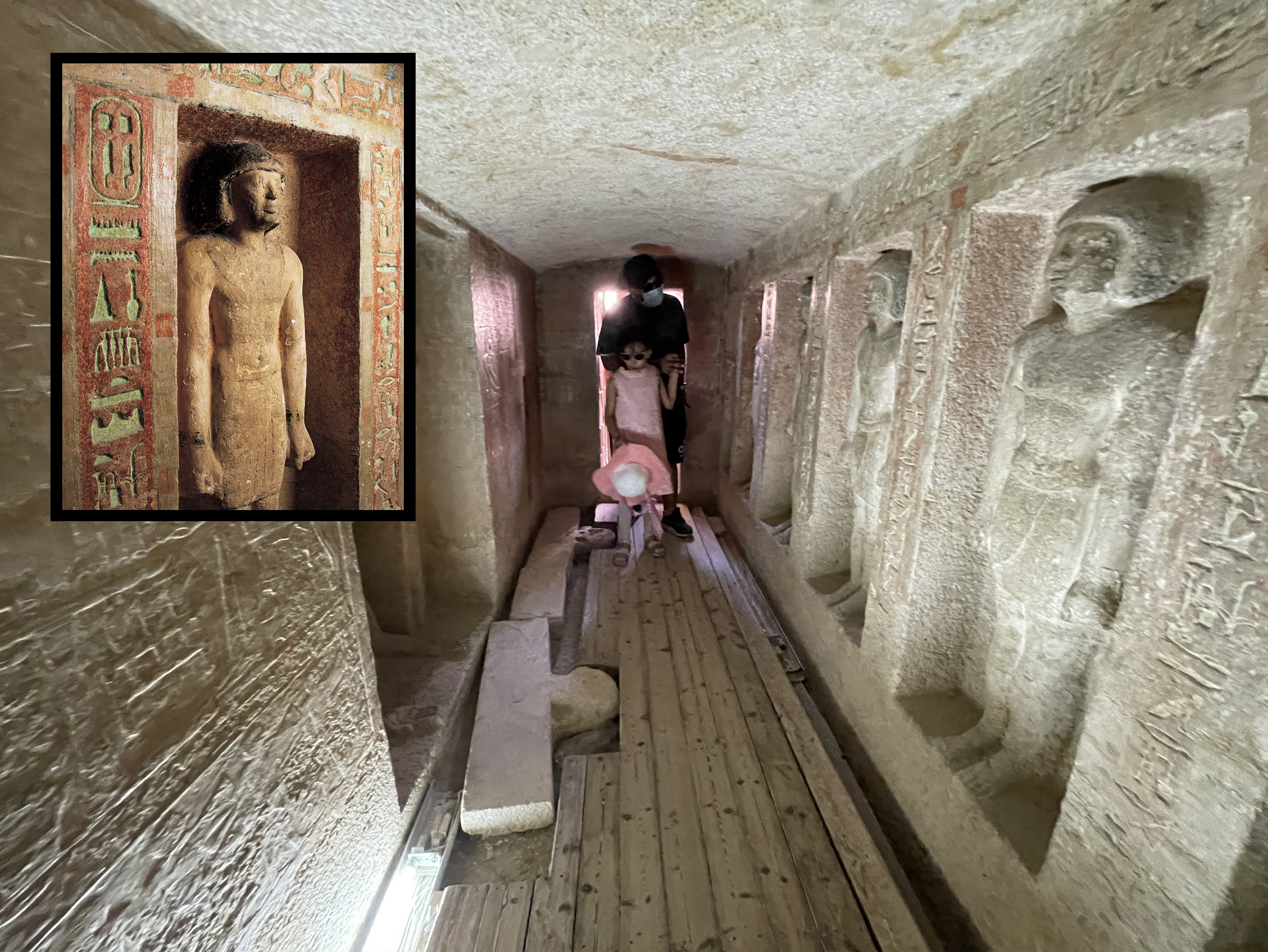
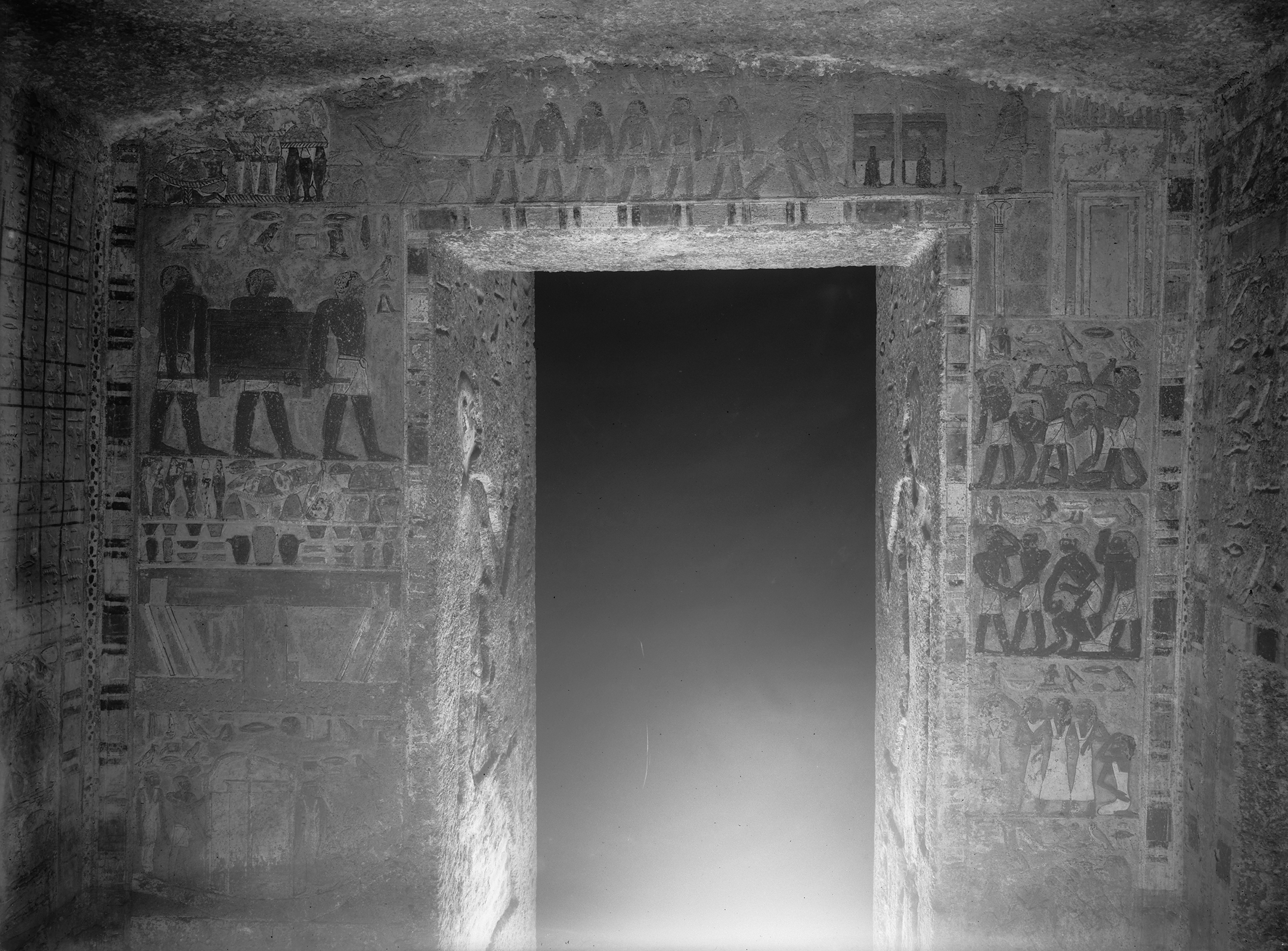
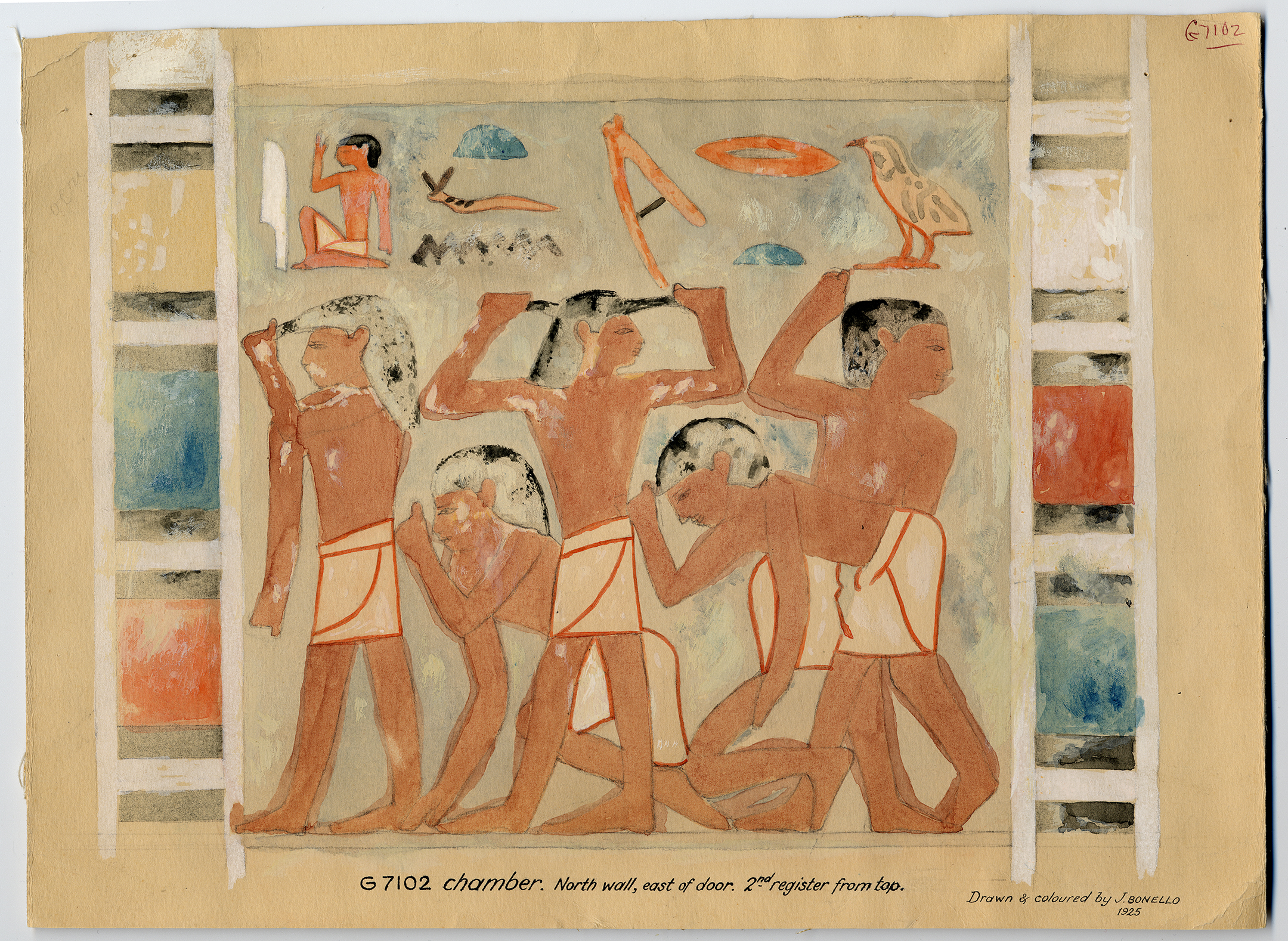
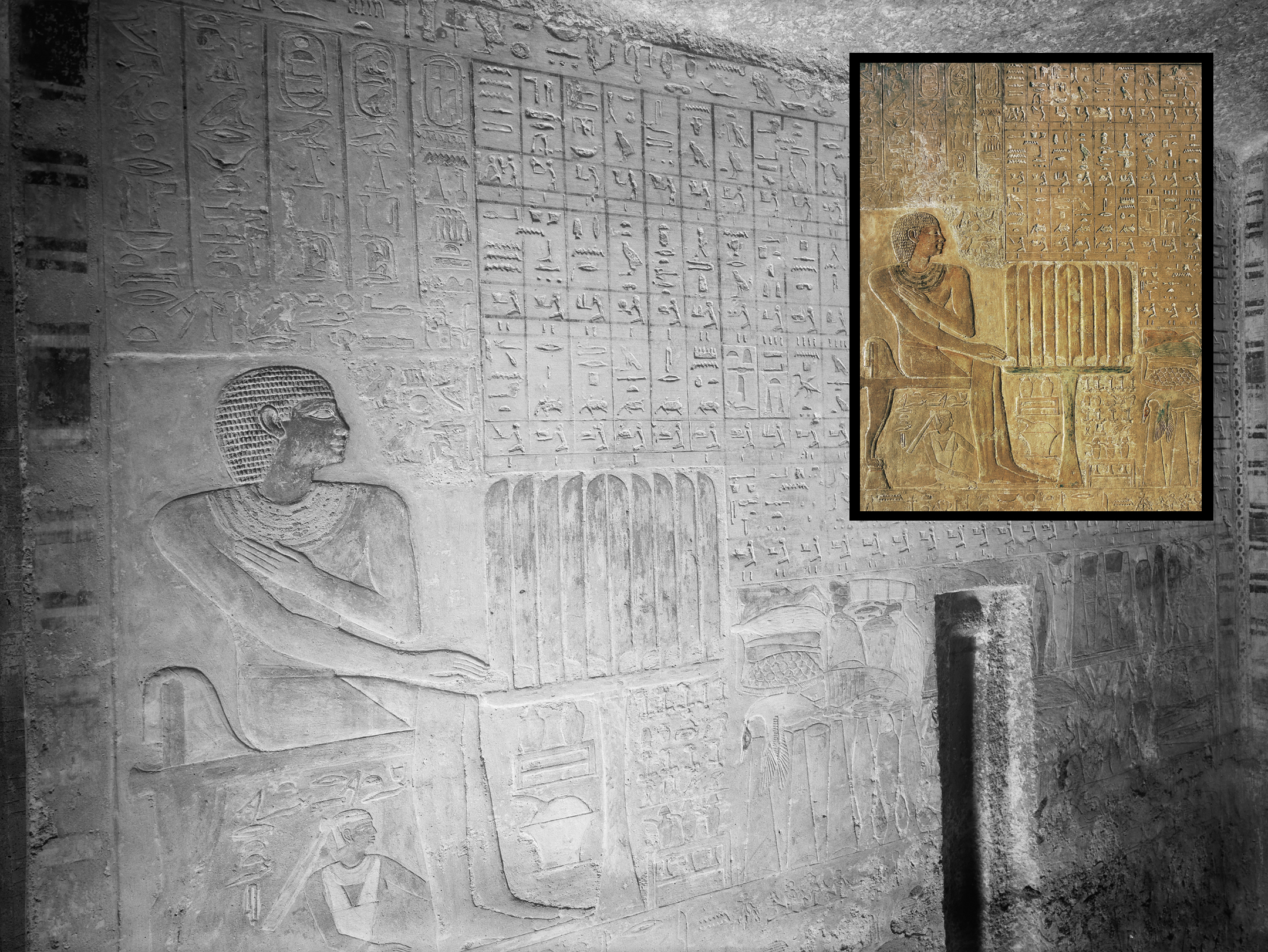
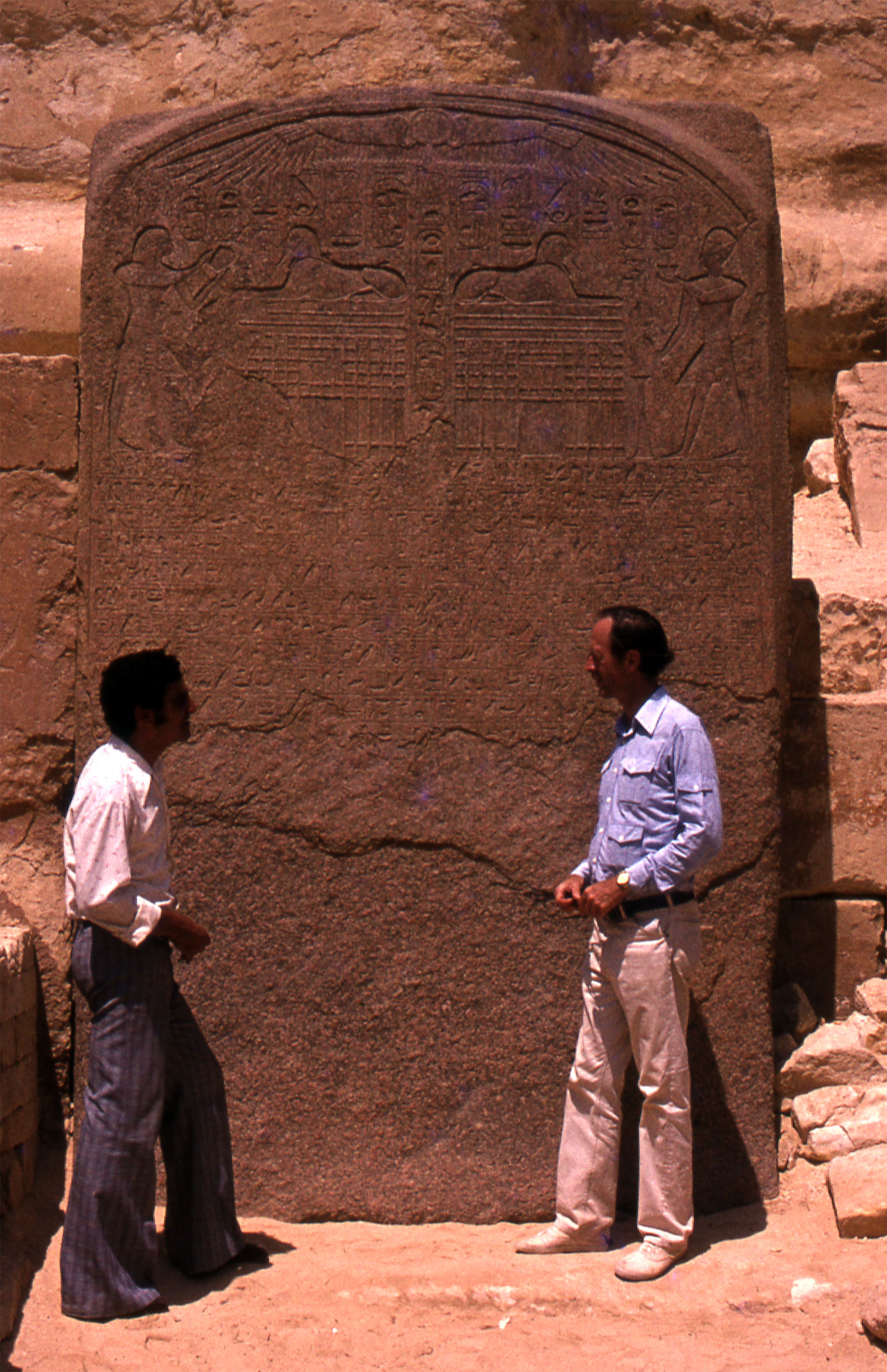
0 comment(s)
Leave a comment(We'll keep your email address private)